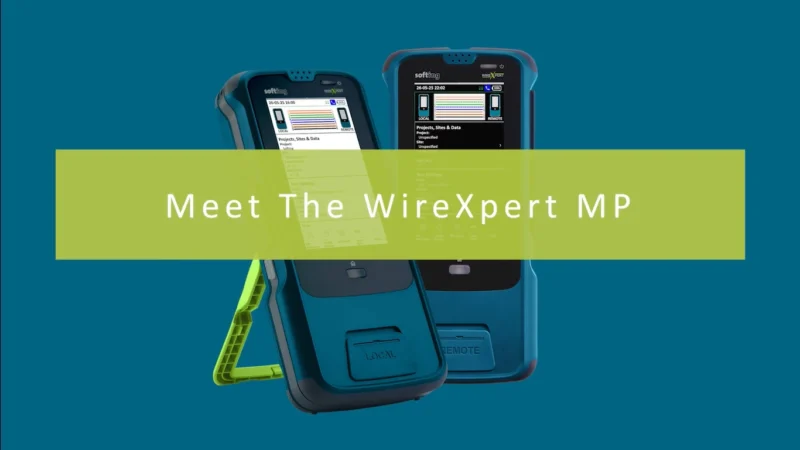Can the U.S. Templatize Funding for Smart Cities?
Cities are migrating from analog to digital, and according to Forbes.com, a Smart City “involves varied technology to integrate transportation, health, energy, water resources, waste collections, smart-building technologies, and security technologies and services.” We asked Tim Sylvester, founder & CTO of Integrated Roadways, where are most US cities facing the same funding and rollout challenges for smart city technology at scale, and why?
Sylvester also explained how this partnership could lead to more secure funding strategies, and the effect of a standardized national approach to funding for Smart Cities
We also wanted to know: Where will the input of IoT technology providers in the Partnership be most valuable to scaled smart cities, and why?
Abridged Thoughts:
One of the biggest challenges for smart city tech rollout is the delivery of power and data drops to the location that the technology needs to be installed. Roads aren’t designed with power and data drops in mind, so they have to be custom installed for each project, which adds a lot of expense that doesn’t directly result in better services or capabilities.
Once you have the plugs installed, it’s always a difficult negotiation for where you’re going to mount the equipment. Your utility poles may be in the right place, but the utility doesn’t want to give up the attachment. The One Touch Make Ready and fixed fee mandates from a couple of years ago haven’t really done much to improve that. Most of the 5G carriers have started deploying their own utility poles to get around it, but there’s only so much space, and filling the sidewalks with utility poles is just not a good option for anyone. You can mount equipment on overhead signal gantries, but that has its own conflicts to deal with. Even when you can address the logistics, procurement and funding are always a significant issue.









